Ground shipping is currently paused. Local deliveries throughout Long Island will continue as usual. Pre-orders for fall are now open. Non-local orders will begin shipping again in early September. Click here to learn more.
Ground shipping is currently paused. Local deliveries throughout Long Island will continue as usual. Pre-orders for fall are now open. Non-local orders will begin shipping again in early September. Click here to learn more.
| Size | |
|---|---|
| Common Name | |
| Type | |
| Family | |
| Native? | |
| Zone | 3, 4, 5, 6, 7, 8 |
| Height Range (ft.) | 0.50 to 1.00 |
| Spread (ft.) | 0.50 to 1.00 |
| Bloom Time | |
| Bloom Description | Brown-Green, Not Showy |
| Sun | |
| Water | |
| Maintenance | |
| Suggested Use | |
| Tolerate | |
| Growth Rate |
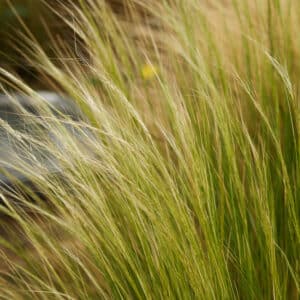
Carex pensylvanica – Pennsylvania Sedge is a low-maintenance, shade-tolerant native groundcover perfect for eco-friendly lawns, woodland gardens, and erosion control. Thriving in dry, well-drained soils, it supports pollinators and provides a lush, flowing texture to shaded landscapes.
$12.99 – $284.99Price range: $12.99 through $284.99
Please note: Sizes 1.5 Gallon and up can’t be shipped outside the counties of Nassau, Suffolk, and Queens.
Learn more about how the process works and how our plants are delivered.
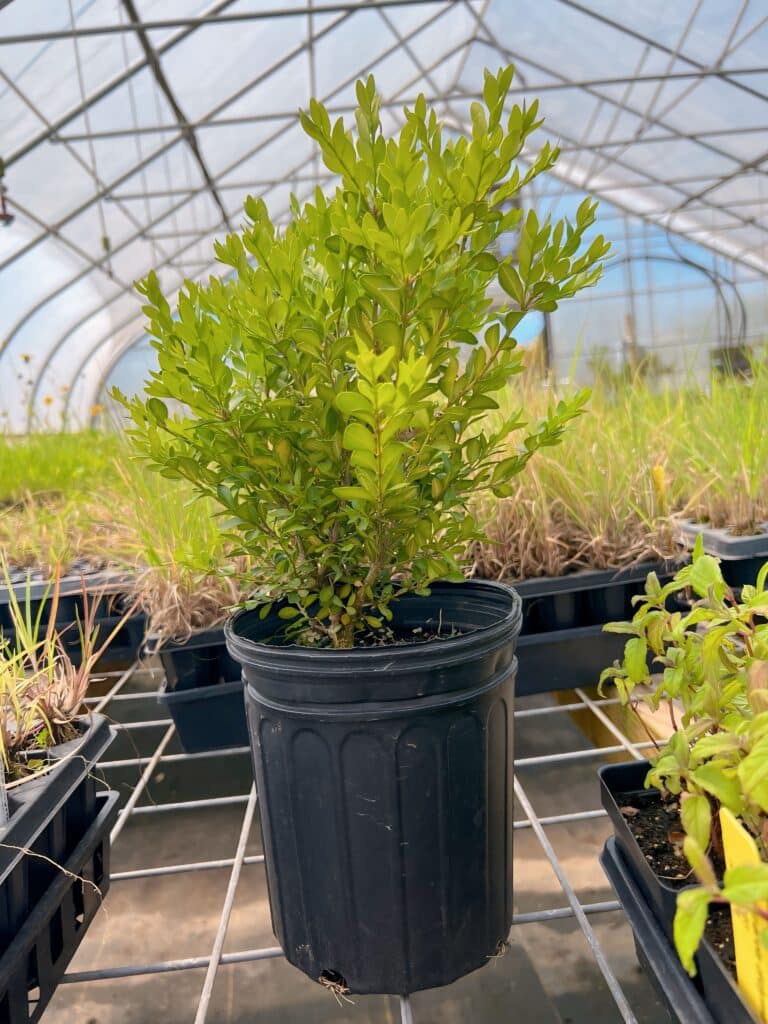
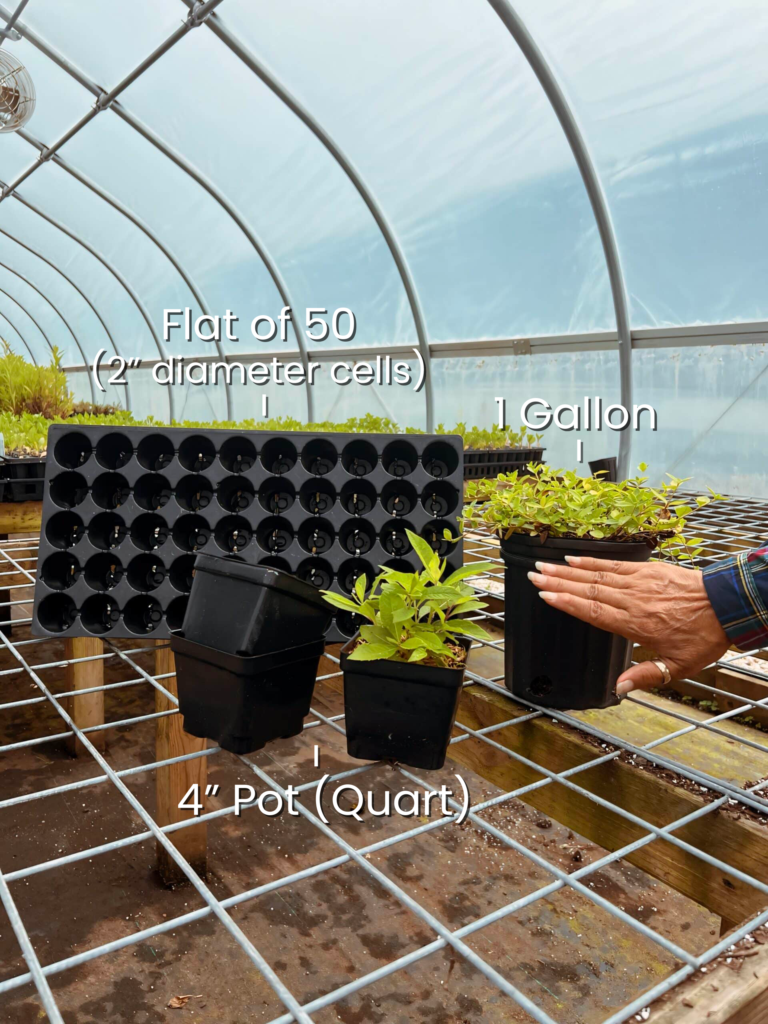

Ground shipping is paused due to summer heat. Only local delivery (Long Island & Queens) is available. Orders placed during the pause will begin processing September 1, and ground shipping will resume September 15.
| Size | |
|---|---|
| Common Name | |
| Type | |
| Family | |
| Native? | |
| Zone | 3, 4, 5, 6, 7, 8 |
| Height Range (ft.) | 0.50 to 1.00 |
| Spread (ft.) | 0.50 to 1.00 |
| Bloom Time | |
| Bloom Description | Brown-Green, Not Showy |
| Sun | |
| Water | |
| Maintenance | |
| Suggested Use | |
| Tolerate | |
| Growth Rate |
Carex pensylvanica, commonly known as Pennsylvania Sedge, is a versatile and low-maintenance native grass-like perennial that brings grace and functionality to a variety of landscapes. Its fine, arching green blades form a soft, flowing carpet, making it an excellent alternative to traditional turfgrass in shaded areas. Thriving in partial to full shade, Pennsylvania Sedge is ideal for woodland gardens, naturalized spaces, and erosion control on slopes. This adaptable sedge is drought-tolerant once established and provides ecological benefits by supporting wildlife.
Pennsylvania Sedge is perfect for naturalizing shady areas, creating eco-friendly lawns, or stabilizing slopes. Pair it with woodland perennials like Foamflower, Wild Ginger, or Ferns for a layered and biodiverse landscape. Its soft, flowing texture also makes it an excellent companion plant for pathways or shaded rock gardens.
Carex pensylvanica plays a vital role in supporting pollinators and beneficial insects while helping to prevent soil erosion. Its adaptability and minimal resource requirements make it an excellent choice for sustainable landscapes.
Add Carex pensylvanica – Pennsylvania Sedge to your garden for its elegant appearance, eco-friendly functionality, and ecological benefits. This resilient native plant is a standout choice for shaded and naturalized spaces.
/5
Total reviews
|
|
Persons recommended this product
Anonymous
Shopper
check_circle Verified
Shop owner replied
Was this helpful
Anonymous
Shopper
check_circle Verified
Shop owner replied
Was this helpful
There are no reviews yet.
Be the first to review “ ”
Your feedback helps us improve our service.
Please log in to submit a review.
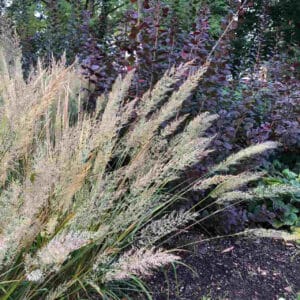
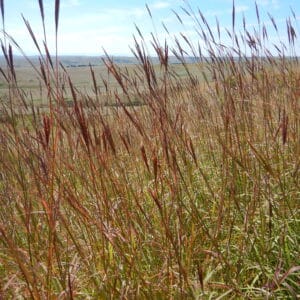

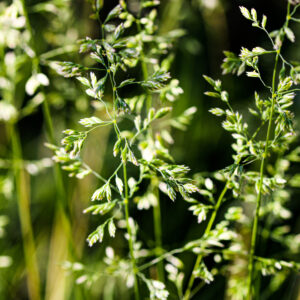
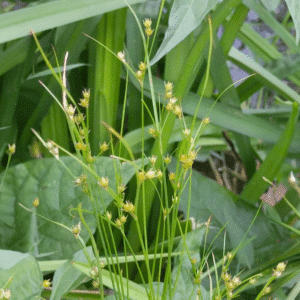
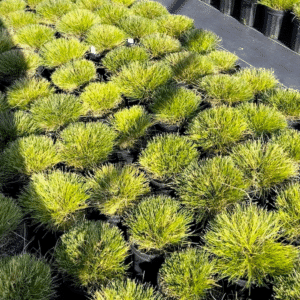
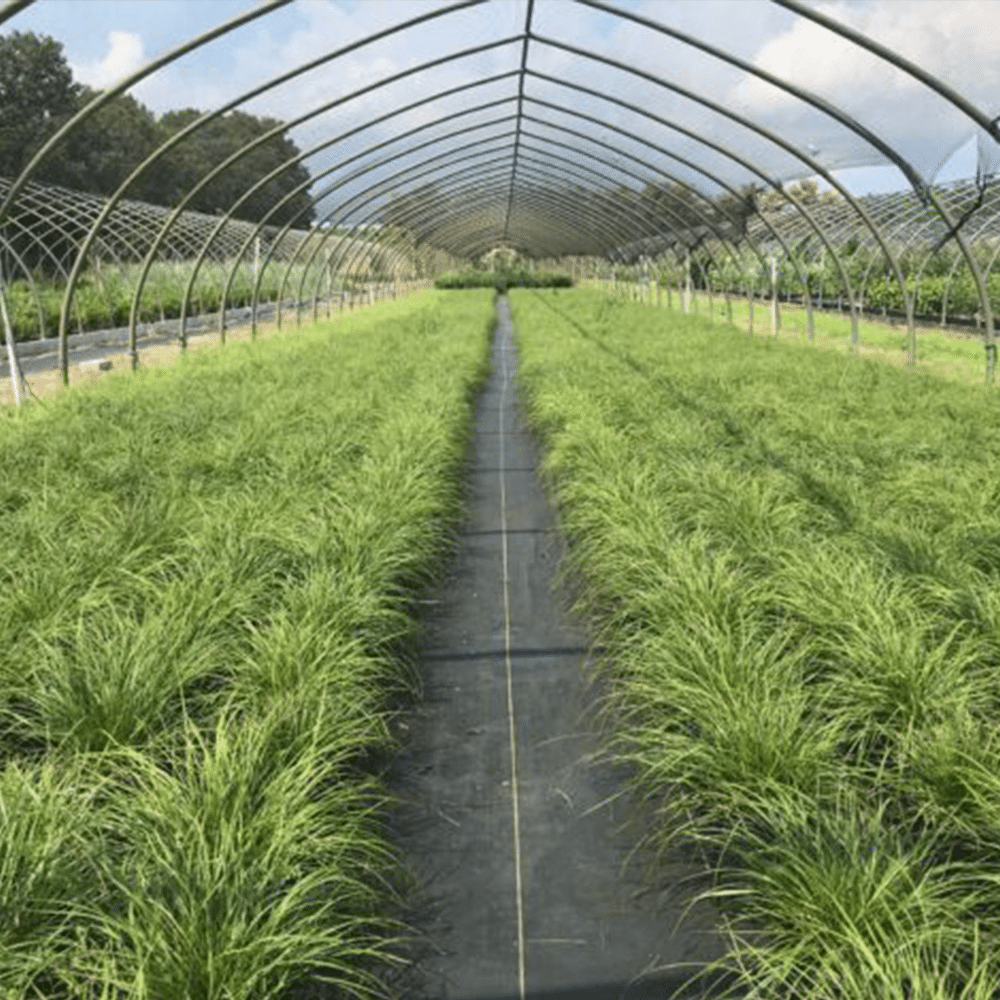
Pennsylvania Sedge thrives in partial to full shade and prefers dry to medium, well-drained soils, including sandy or loamy types. It is drought-tolerant once established and is commonly found in dry woodland areas and thickets
This low-growing sedge typically reaches 6 to 12 inches in height and spreads 6 to 12 inches wide, forming loose colonies through its rhizomatous growth habit
Yes, Pennsylvania Sedge is an excellent lawn substitute for shaded areas. It forms a lush, low-maintenance groundcover that requires minimal mowing—typically only once or twice a season—to maintain a neat appearance
It blooms in April and May, producing inconspicuous brown-green flowers. The plant is primarily valued for its fine-textured, arching foliage rather than its floral display.
Yes, Pennsylvania Sedge is deer-resistant, making it a suitable choice for gardens where deer browsing is a concern. Its foliage is typically unpalatable to deer and other herbivores.
Our gift cards make it easy to share the beauty of plants, flowers, and all things green. Whether for a special occasion or just because, give the gift of choice and let them select their favorites to create a garden they’ll cherish.
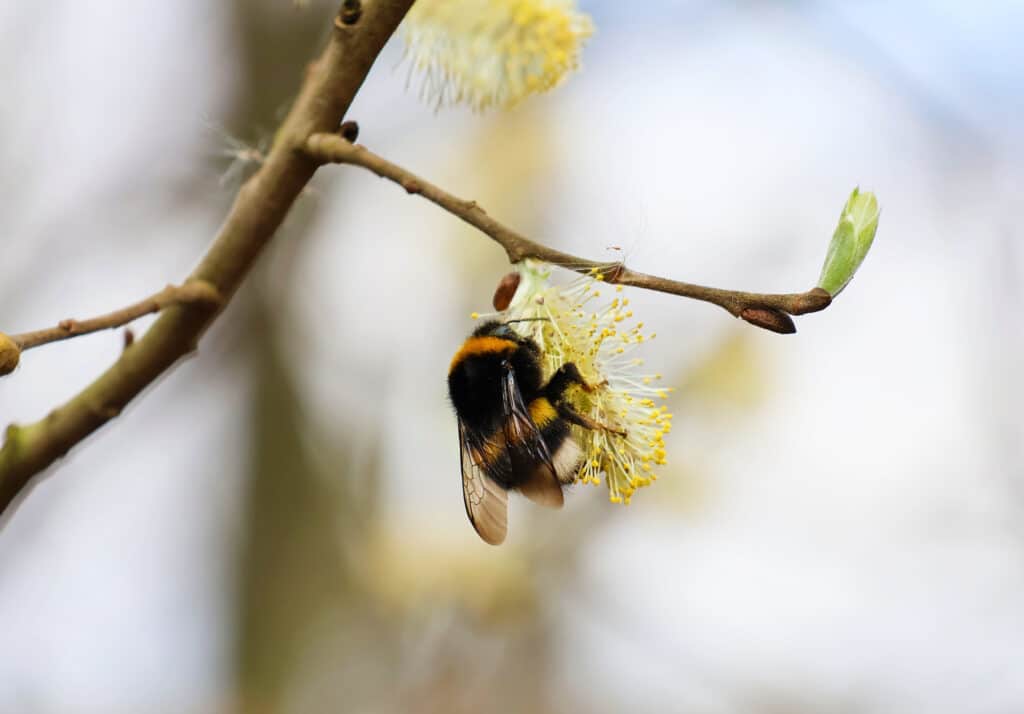
Only Local Delivery Available (Long Island & Queens)
Ground Shipping Paused
To protect our plants from extreme summer heat, we’ve paused nationwide ground shipping to avoid any damage during transit.
Local Delivery Only
We’re still delivering locally to Long Island and Queens, so nearby customers will continue to receive orders as usual.
Fall Pre-Orders Are Open Nationwide!
We will resume normal shipping for non-local orders placed during the pause in early September.
Thank you for your support and understanding—we’re looking forward to growing with you this fall!